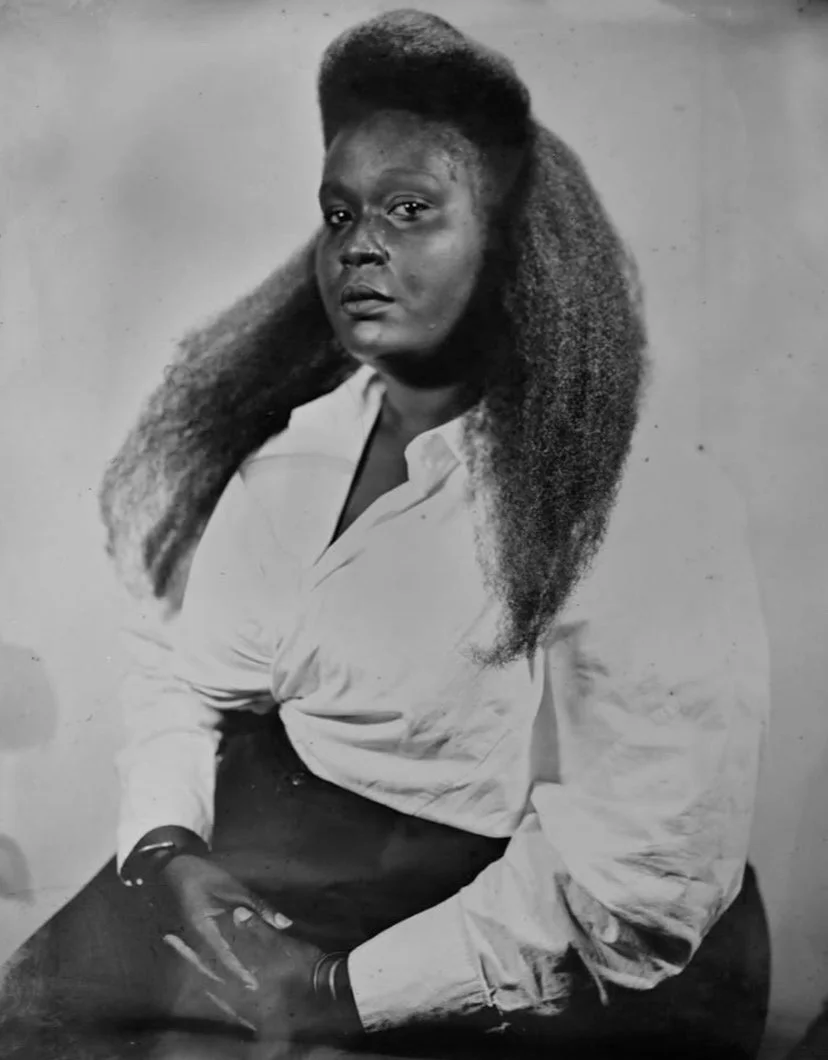Igbo. Southern. American.
and WOMAN
To me, the film set is a womb and the camera, a child inside the womb. As a director, I care for the womb as a mother would; I focus on creating an open space for creativity of all artists on the set -- from the director of photography to the gaffer -- because we’re all creating this baby.
My story telling technique is based on the dikenga, which is a Kongo cosmogram presenting the life cycle from birth to the spirit realm. In every one of my stories, lye that cycle.
My inspiration comes from seminal women writers who dedicated their lives to raising me -- Toni Morrison, Nikki Giovanni, Gwendolyn Brooks, June Jordan.
I was with Auntie Toni or Auntie Nikki, when I was underneath my mom’s desk at the library as she worked. Their teachings inform everything I do. I find importance in doing this women’s work, because that’s what they found important.
As a womanist, I make work almost exclusively for Black women; but that also includes Black men who love us. I’m not trying to convince anyone of our beauty and majesty, but sometimes people need a reminder. I want to incite evolution and healing in Black women.
Growing up, watching music videos, enamored with the bold visuals, I saw a very specific kind of female power; I don’t want that. I want my films to be soft. The thing that makes Black women powerful is the softness.
Photo credit: Adam Davis
To screen my work and for all other inquiries email: olamma.oparah@gmail.com
